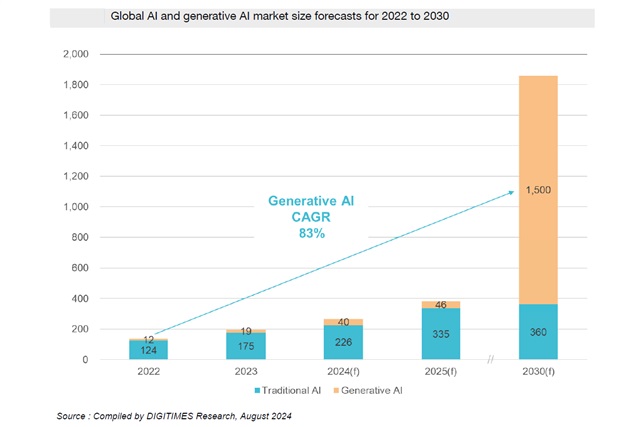The world of wireless communication is a symphony of signals, each vying for clarity amidst a cacophony of frequencies. At the heart of this orchestration lies the RF filter—an unsung hero ensuring harmony. As we march into an era dominated by 5G, IoT, and beyond, RF filters are undergoing a renaissance, driven by the need for miniaturization, material innovation, and enhanced performance.
Among the leaders shaping this transformation is **Temwell**, a renowned Taiwanese RF Filter Manufacturer. Known for their cutting-edge SAW Filters, Cavity Filters, and an extensive range of RF components like RF Diplexersand Duplexers, Temwell has established itself as a cornerstone in the industry. Their commitment to precision engineering and innovation ensures that their products not only meet but exceed the demands of modern communication systems, making them an indispensable partner for businesses navigating the future of wireless technology.
Miniaturization: Shrinking Giants
Devices are getting smaller. So are their components. RF filters, once bulky, are now being reimagined to fit into the tiniest of spaces without compromising functionality. Techniques like integrating filters into System-on-Chip (SoC) designs are becoming mainstream, reducing the need for discrete components. For instance, acoustic wave filters, leveraging piezoelectric substrates like Lithium Tantalate, have revolutionized miniaturization by operating at gigahertz frequencies with micron-scale wavelengths. This trend is not just about size—it’s about making every millimeter count in devices like smartphones and wearables.
Material Innovations: The Building Blocks of Tomorrow
The choice of materials is pivotal. Gallium Nitride (GaN) and Low-Temperature Co-fired Ceramics (LTCC) are leading the charge, offering superior thermal stability and power handling. Meanwhile, the advent of metamaterials—engineered to manipulate electromagnetic waves—promises filters with unparalleled precision and compactness. These materials are not just improving performance; they’re redefining what’s possible, especially in high-frequency applications like 5G and satellite communications.
Performance Enhancements: Beyond the Basics
Performance isn’t just about doing the job—it’s about doing it exceptionally well. Modern RF filters are focusing on reducing signal loss (insertion loss) while maintaining high selectivity. This is crucial for applications like satellite communications, where even minor losses can have significant repercussions. Innovations like tunable filters, which adapt dynamically to different frequency bands, are simplifying designs and enhancing functionality. Imagine a single filter seamlessly switching between 5G, Wi-Fi, and satellite frequencies—this is the future.





